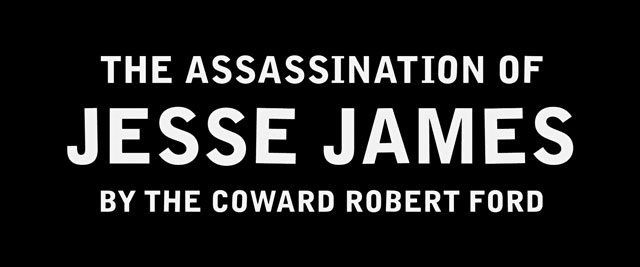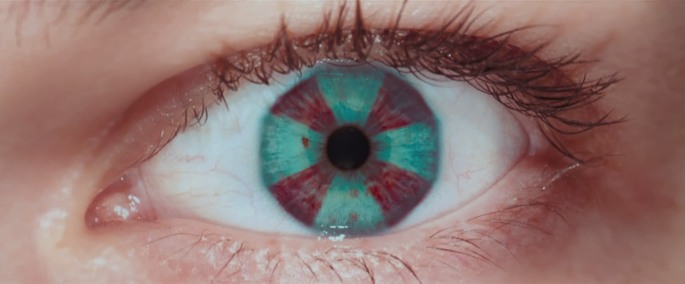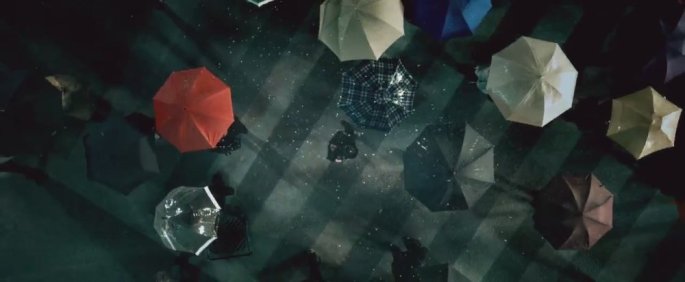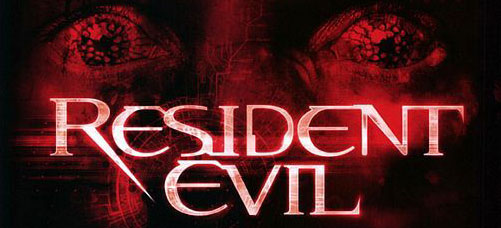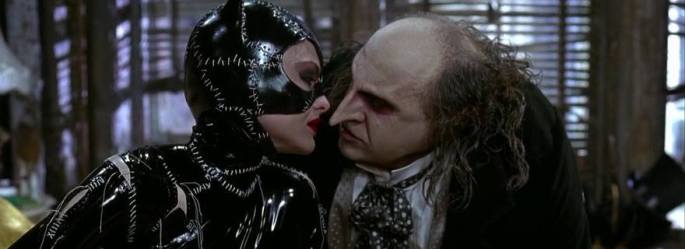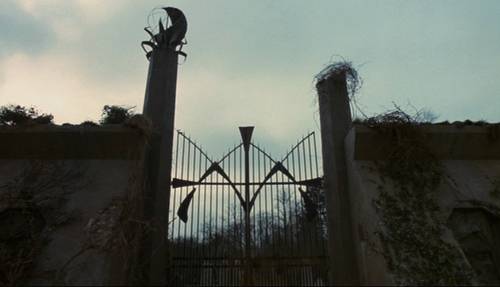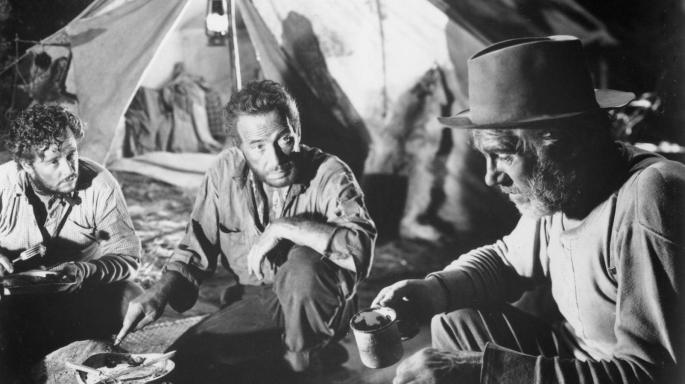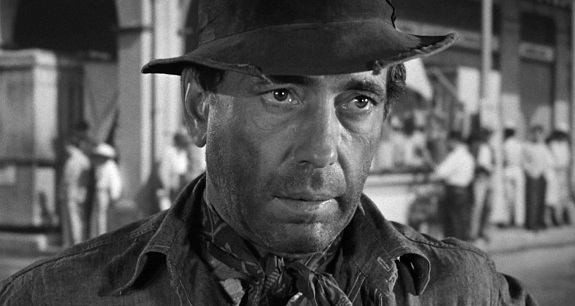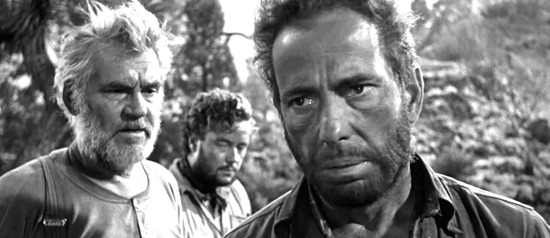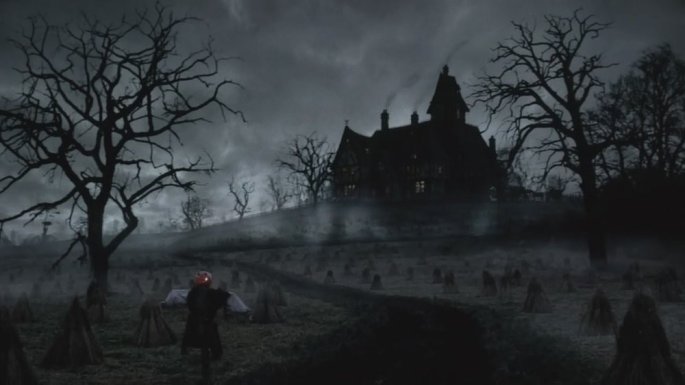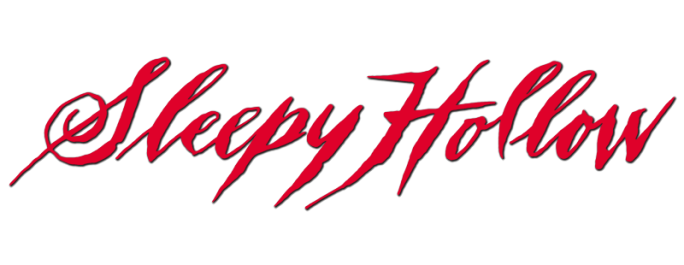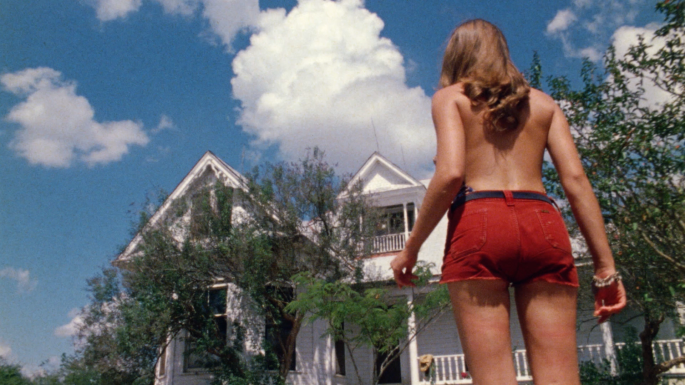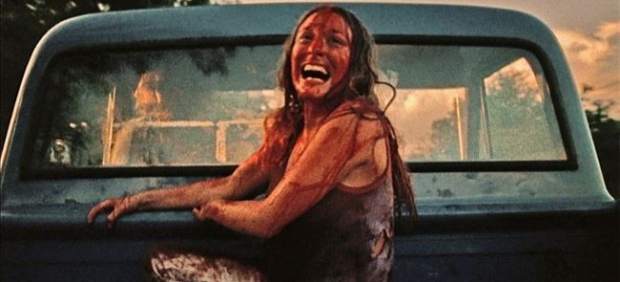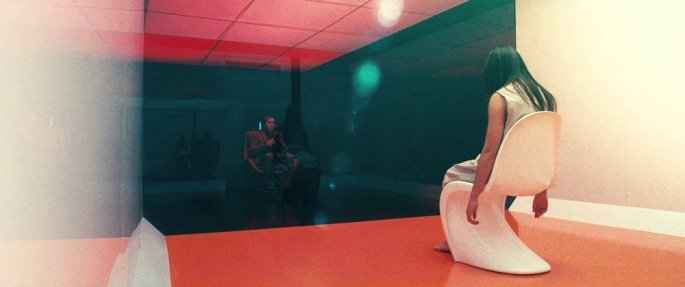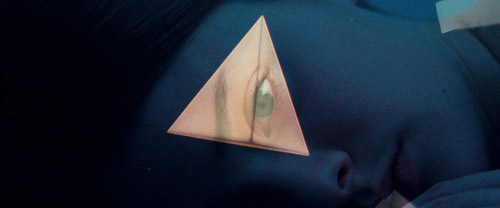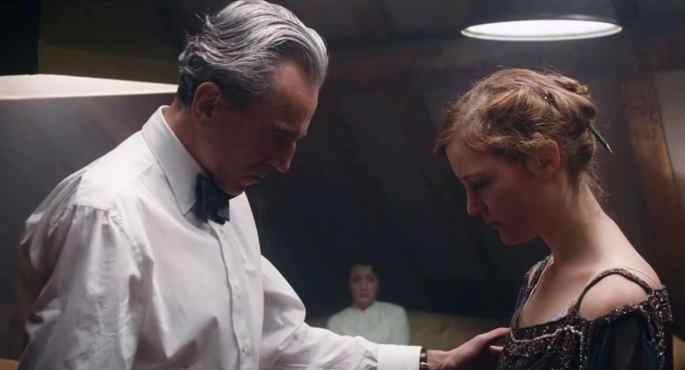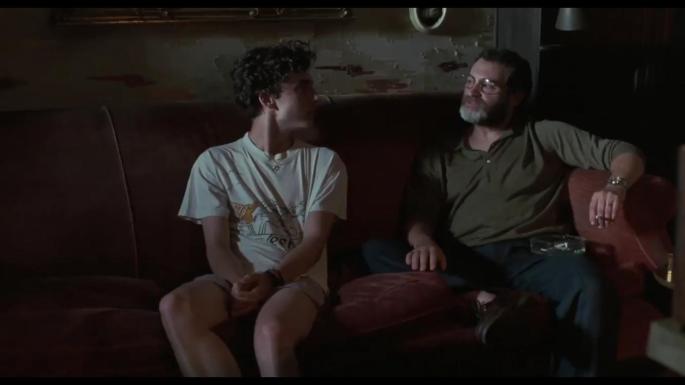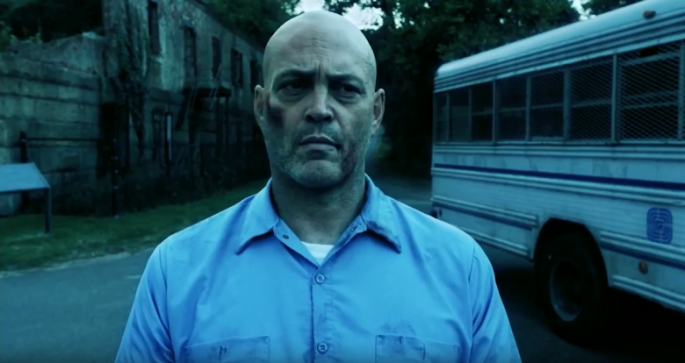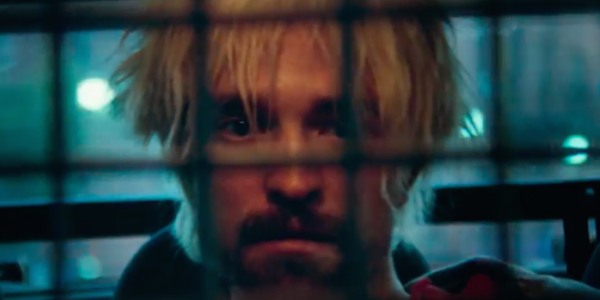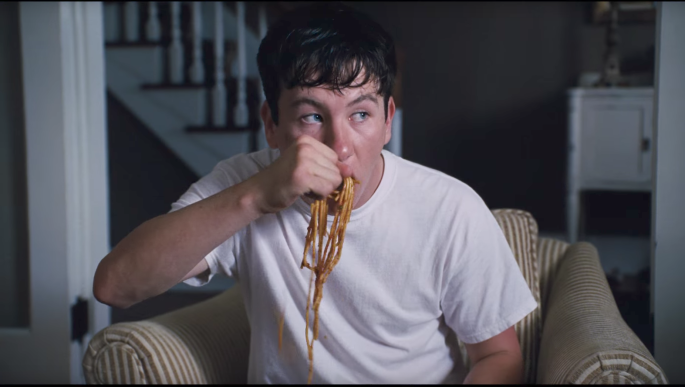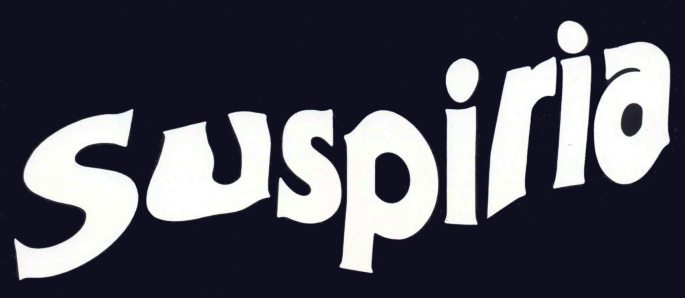The Assassination of Jesse James by the Coward Robert Ford
2007. Directed by Andrew Dominik.

Hypnotic, quiet, and dangerous, Andrew Dominik’s masterpiece, The Assassination of Jesse James by the Coward Robert Ford is an epic deconstruction of the Western and a bold commentary on America’s celebrity obsession.
Robert Ford is a 19 year old hanger-on to the legendary James Gang. In the wake of their last heist, he slowly inserts himself into James’s family, beginning an intricate relationship in which both James and Ford recognize the threat in the other man. As the decidedly non-glamorous violence begins to fray James’s already unhinged mind, Ford seizes the opportunity for glory, not fully understanding the ramifications of his deed until staring into his own, personal oblivion.
Casey Affleck delivers the performance of a lifetime as Ford. His grasp of the homoerotic undertones and soul crushing evolution of Ford is so exposed that he almost evokes pity for his treachery. The scene in which James takes his guns off is riveting. Affleck’s expression is pained orgasmic relief, while Brad Pitt’s Jesse James’s nihilistic embrace is flawless. Pitt portrays James as a near psychopath, barely held together by his wife and children. These two actors are muted lightning anytime they are together, playing a dangerous game in which every expression, every gesture has malicious designs.
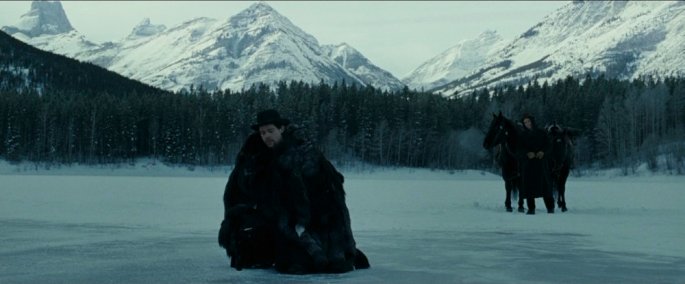
The supporting cast is a knockout. Sam Shephard, Jeremy Renner, Mary-Louise Parker, Paul Schneider, Garrett Dillahunt, James Carville, Zooey Deschanel, Ted Levine, and Michael Parks are all solid, each of them outlaws in their own right. Sam Rockwell as Ford’s brother is gripping in his display of all consuming guilt.
The always mysterious Nick Cave partnered with fellow Bad Seeds member Warren Ellis to create an engrossing, and haunting score that compliments the existential symmetry to near perfection. Patricia Norris’s costume design is yet another pristine component of Dominick’s charade. This is a film that is lived in and used up. The legends of the dying west are real and flawed, hiding their weaknesses behind fancy cravats and sterling watch chains. Janice Blackie-Goodine’s set decoration is meticulous, faithfully cataloging the world that was for the lost souls that wander throughout.
All of these elements are a distant second to Richard Deakins’s transcendent cinematography. Using a variety of lighting to create authentic, blurred edges, while simultaneously capturing the natural beauty of the Western Canadian landscape that was used for the film. The train sequence is a miracle to behold. Deakins’s esoteric approach to the use of light has to be witnessed in order to fully understand how special his work on this film is.

Dominik’s command of these powerful tools is almost to good to be true. His script takes its time, examining each theme with endless scrutiny. The cost of fame is the center of the wheel, while celebrity idolatry, forbidden love, and mental illness are the spokes that move Dominik’s dark epiphany to it’s quiet conclusion. The narration of Hugh Ross is another elegant nail in the romanticized American West’s coffin. What begins as a thorough examination of the end of Jesse James unrepentant existence ends as a footnote in an era where popular opinion made devils into legends and cowardice into a matter of intent and opportunity.
Available now for digital streaming, and running at a colossal 160 minutes, The Assassination of Jesse James by the Coward Robert Ford is an entrancing addition to the Western genre. A revisionist epic on the surface, this more of an experience than a film. It demands patience and thoughtful examination of it’s subject matter, which provides a visually poetic meditation on so-called heroes and those who blindly worship them.
Highly. Highly Recommend.
